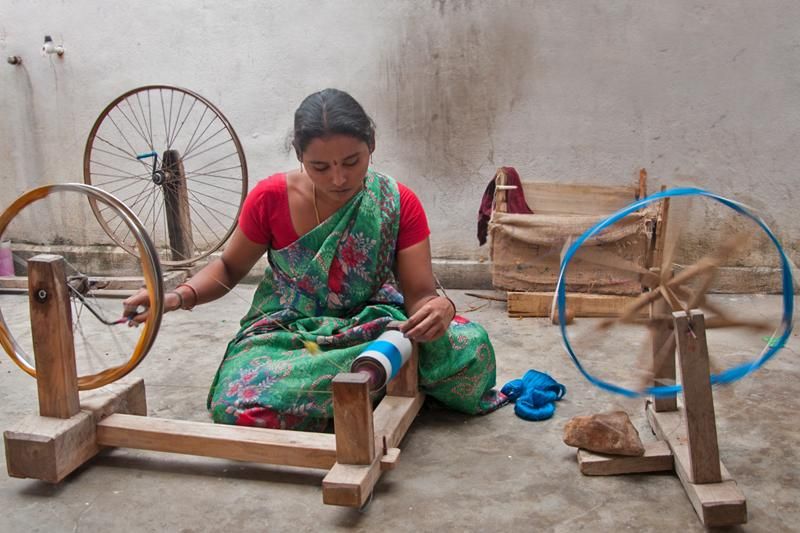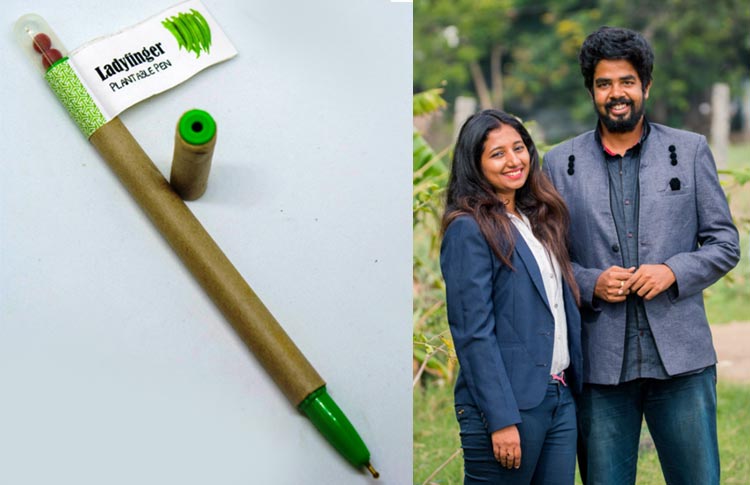A Team Of UNSW Sydney Researchers Might Have Found A Way Of Making New Buildings From Old Clothes
- IWB Post
- February 20, 2019

“The world is too much with us.” We as a civilization have come to a precipice as we rapidly succumb to industrialisation. We are a greedy species that doesn’t know how to be content with the basic necessities of life. Nothing satiates our hunger, we constantly want more and Nature has to face the brunt of it all.
There is an urgent need to change. There is a need to make the most of what we have, instead of hoarding as much as we can and move towards sustainability. In a recent column for The Sydney Morning Herald, Professor Veena Sahajwalla wrote, “The clothing and textiles industry is the second most polluting sector in the world, accounting for 10 per cent of the world’s total carbon emissions. That clothing is now one of the biggest consumer waste streams, with 92 million tons estimated to be thrown out in a year, means we must urgently and seriously consider new ways to deal with unwanted clothes.”
This is when eco-worriers like her come into the picture. Through her work with a team of researchers at UNSW Sydney, Sahajwalla might have found a solution, i.e. “turning discarded clothes into building materials.”
She shares, “We have just had published the results of our work that can transform clothes into products such as flat construction panels for acoustic and thermal insulation. Later, we expect, they may be modified for flooring and walls.”
“It is admirable that we recycle old and unwanted clothing through charities and second-hand shops, but to tackle the immensity of the waste we need to work at a much greater scale. Our scientifically developed method can help overcome the growing landfill and carbon-emission problem by reforming clothes into high-quality and stylish building product,” she adds.
From their research and experiment, Sahajwalla’s team has not only proved that clothing fibers, including wool, cotton, and thermoplastics can be transformed into a composite of both hard and flexible building products but have also shown that it can be done at a large scale.
Sahajwalla believes that their research has the potential of solving a global waste problem. “The range of uses for the prototype micro-factory technology we have developed is being expanded as a response to the global waste problem. This follows the launch of an e-waste microfactory in 2018,” she explains. She adds, “We need urgent solutions such as these.”
- 0
- 0












